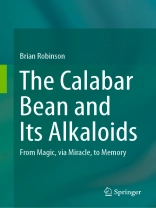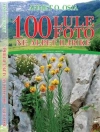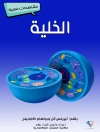Investigations into Calabar beans (the dried ripe seeds of Physostigma venenosum) and their alkaloidal components compose a classical scientific journey throughout some one-and-a-half centuries and not only represent a fascinating aspect of the history of medicine but which is, moreover, still ongoing at the forefront of chemical and medical discovery. Those in particular involving its major such component, l-physostigmine, have led to an understanding of some of the fundamental mechanisms occurring in physiology, pharmacology and biochemistry and, either actually or potentially (by providing a template and thereby acting as a “lead compound”) have provided a useful treatment for a variety of neurological disorders associated with irregularities in cholinergic transmission in which augmentation of cholinergic activity has proved to be beneficial.
İçerik tablosu
Chronology.- Abbreviations.- Preface and acknowledgements.- 1. Introduction.- 2. l-Physostigmine (eserine).- 3. l-Physovenine.- 4. l-Eseramine.- 5. l-N(8)-Norphysostigmine.- 6. l-Geneserine.- 7. 1H-, 13C- and 15N-Nuclear magnetic resonance spectra of the alkaloids of the Calabar bean.- 8. Other alkaloids of, as yet, unknown structures that have been isolated, or allegedly so, from the Calabar bean.- 9. Non-alkaloidal components of the Calabar bean.- 10. Biological activities of the alkaloids of the Calabar bean.- 11. Notes.- 12. References.- 13. Index.












